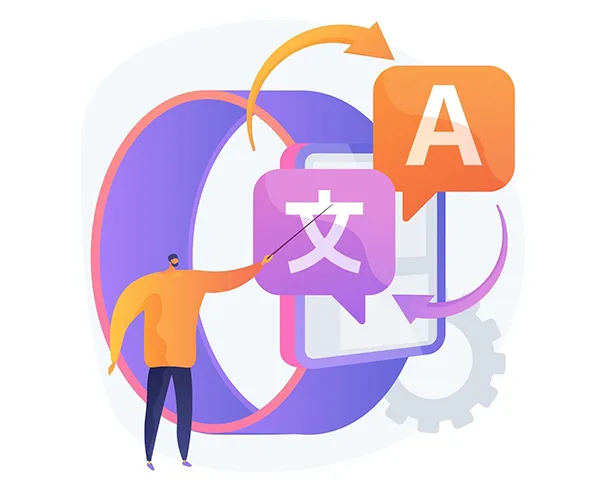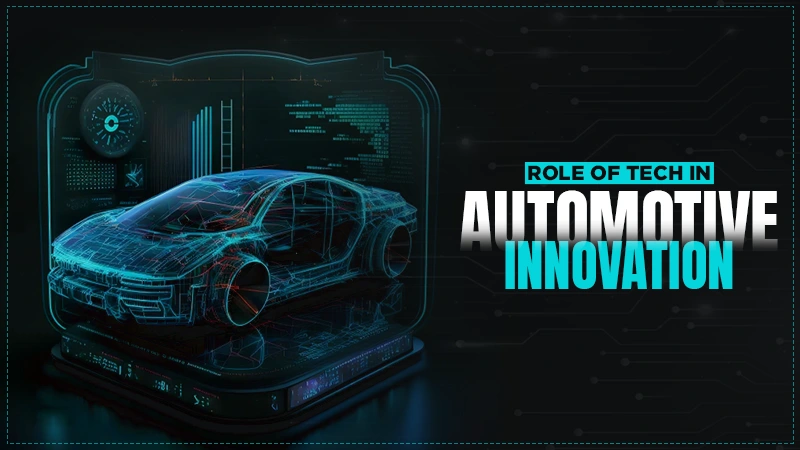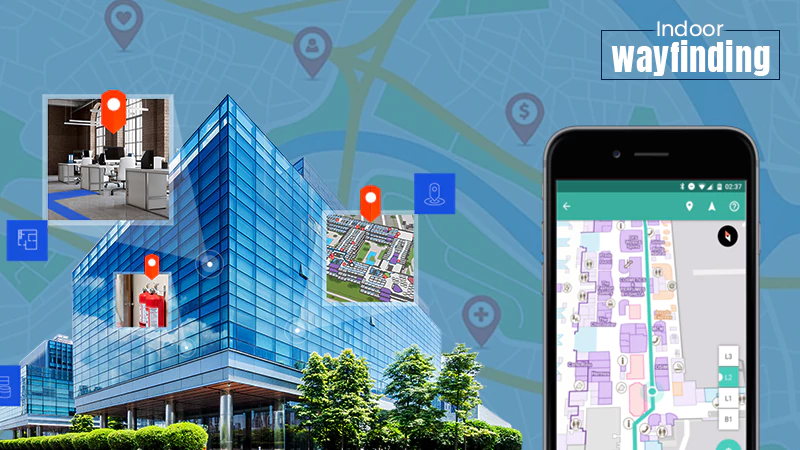- Significance of Accurate Technical Translations
- Traditional Translation Methods for Technical Texts
- AI-Based Translation Techniques and Technologies
- Comparative Analysis: Accuracy and Contextual Understanding
- Benefits of AI in Technical Translation
- Limitations and Challenges in AI-Based Technical Translation
- Real-World Case Studies: Traditional vs. AI Translations
- Future Implications and Innovations in Technical Translation
- Conclusion
The purpose of this paper is to understand the differences between traditional and artificial translations of technical texts into English by comparing two translations of the same German text.
The article also provides information on its importance for international trade and how it has evolved over time. This has become increasingly influential as globalization continues its rapid growth worldwide!
Significance of Accurate Technical Translations
Technical texts are often highly specific. They are also written in a style that is difficult to understand, and they may use language that is difficult to translate into English or other languages.
This makes it indispensable for anyone who translates or interprets texts, including translation from German to English, to have an understanding of both the subject and the target audience’s native language, and this requires both precision and context.
Traditional Translation Methods for Technical Texts
Translation is a complex process that requires linguistic knowledge, cultural awareness, and a high degree of linguistic sensitivity. It is also time-consuming and expensive. The rendering of texts into English typically involves multiple steps:
- Converting from German into English by professional translators who are native speakers of both languages (or at least fluent)
- Editing by an editor who knows both German and English well enough to check for consistency between the two versions of the text
AI-Based Translation Techniques and Technologies
AI-based techniques and technologies:
- Machine translation (MT) is the use of computer programs to translate text from one language into another.
- Statistical machine translation (SMT) uses statistical algorithms, which are trained on a large number of parallel corpora in order to improve the quality of output.
- Neural machine translation (NMT) uses deep learning models that learn how patterns in one language correspond to those in another. It does this by analyzing massive amounts of bilingual data and producing its own translations based on those patterns without any human intervention or guidance.
Comparative Analysis: Accuracy and Contextual Understanding
It is important to note that while this study found that AI translations are not always as accurate, they do provide a more complete understanding of the context and meaning behind each word in the text. In addition, they can be used as an aid for human translators by providing them with information about parts of speech or other grammatical clues.
The main advantage of using traditional translation methods for difficult texts is their ability to produce highly accurate results. However, depending on how much time you have available for your project and how much money it would cost you (in terms of both time spent proofreading or hiring another person), this may not always be desirable.
If you’re looking for something quick and cheap but still high quality enough so as not to be a burden on the project. This may not always be desirable if you’re looking for something quick and cheap but still, high character enough so as not to be burdened on the project so as not to be burdened on quality.

Benefits of AI in Technical Translation
- It can be used to translate technical texts in real-time, which is useful for live translation.
- To translate these kinds of texts with a high degree of accuracy.
- To translate those texts that are not written in English.
Limitations and Challenges in AI-Based Technical Translation
AI-based technology is not yet a replacement for human translators. However, it can be used to supplement their work by providing context and precision in areas where humans are prone to error.
The research team at the University of Bonn found that AI-based translations tend to be more precise than those produced by human transcribers; however, due to their lack of knowledge about specific terms, they often lack contextual information that would otherwise help readers understand an article or document better.
In addition to these limitations, there are several challenges facing those who want to implement AI into their workflow:
Real-World Case Studies: Traditional vs. AI Translations
Case Study 1: Traditional Translation
Traditional Translation Approach:
- Hiring a team of professionals who are native speakers of the target languages.
- Providing the text or content to be translated to the professionals.
- Translators manually translate and localize the content.
- Reviewing and proofreading the translated material for accuracy and quality.
- Implementing the translated material on the website.
Pros of Traditional Translation:
- Language Accuracy: Professionals can ensure an accurate result, considering cultural nuances and tone.
- Contextual Understanding: People with subject expertise can provide accurate results with the right context.
- Quality Review: Manual output allows for multiple reviews and proofreading to maintain the attribute.
Cons of Traditional Translation:
- Time-consuming: Manual processes can be time-consuming, especially for large volumes.
- Cost: Hiring professional translators can come at a higher cost, as human resources are involved.
- Scalability: Traditional translation may not be easily scalable for frequent updates or large volumes.
Case Study 2: AI Translation
Scenario: A company wants to quickly translate customer feedback from multiple languages into English to understand customer sentiments.
AI Translation Approach:
- Using an AI-powered tool or platform.
- Uploading the text or material to be translated.
- Algorithms translating the text into English.
- Reviewing and fine-tuning the translated stuff for accuracy and quality.
- Analyzing the translated result to gain customer insights.
Pros of AI Translation:
- Speed: Process and translate large amounts of content quickly.
- Cost-effective: More cost-effective compared to hiring human translators.
- Scalability: Easily handle frequent content updates or large volumes.
- Consistency: Consistent translation without variations.
Cons of AI Translation:
- Accuracy: The process might not always capture the nuances and context accurately, resulting in less precise translations.
- Cultural Understanding: There might not be a full understanding of cultural nuances or context-specific outputs.
- Quality Control: The tools may require human intervention for reviewing and fine-tuning to ensure accuracy.
AI offers speed and scalability advantages, making it suitable for quickly processing large volumes of results. However, translation might not always capture nuances accurately, requiring human intervention for control. Ultimately, the choice between traditional and artificial intelligence depends on the specific requirements of each case and the balance between accuracy, cost, and speed.
Future Implications and Innovations in Technical Translation
Technical translation plays a crucial role in bridging the language barrier in various industries such as technology, engineering, medicine, and more. As technology continues to advance, some several future implications and innovations can further enhance the field of processes:
- Machine Translation: With advancements in machine learning and artificial intelligence (AI), machine systems have made significant progress.
- Continuous Translation: Real-time tools are becoming increasingly prevalent. These tools allow for on-the-fly of content during live events, conferences, or remote collaboration sessions.
- Translation Memory and Terminology Management: Translation memory (TM) tools store previously translated segments, helping translators maintain consistency and speed up the translation process. Innovations in TM and terminology management systems can make them more intuitive and precise, improving the quality and efficiency of results.
- Domain-Specific Machine Translation: Tailored machine models for specific domains are gaining attention. With more training data available, specialized models can provide highly accurate results in fields like software development, automotive engineering, or pharmaceutical research.
- Speech Recognition and Translation: Voice-enabled translation tools are improving, making it possible to accurately translate spoken language in real time. This technology can facilitate communication in technical environments where spoken words need to be understood across different languages, such as teleconferences, training sessions, or customer support.
- Automatic Post-Editing: Post-editing is the process of editing machine-translated text to improve readability and clarity. Innovations in automatic post-editing tools aim to minimize human effort in this task, by automating basic edits and improving the output quality of machine systems.
- Collaborative Translation Platforms: Cloud-based platforms enable collaboration among translation teams, project managers, and subject-matter experts, allowing greater efficiency and transparency.
As technology advances, the future of translation looks promising. The above innovations and implications can improve quality, speed, and accessibility, making it easier for companies to reach a global audience and deliver accurate information in various languages.
Conclusion
In this paper, we have shown that AI-based translations are more accurate than traditional translations. We also demonstrated that they are more contextual and therefore provide a better understanding of the source text for readers.
Finally, we concluded that AI-based tools outperform human translators in terms of accuracy and contextuality.
We hope this work will encourage further experimentation with AI systems as they become available in more languages and contexts.







